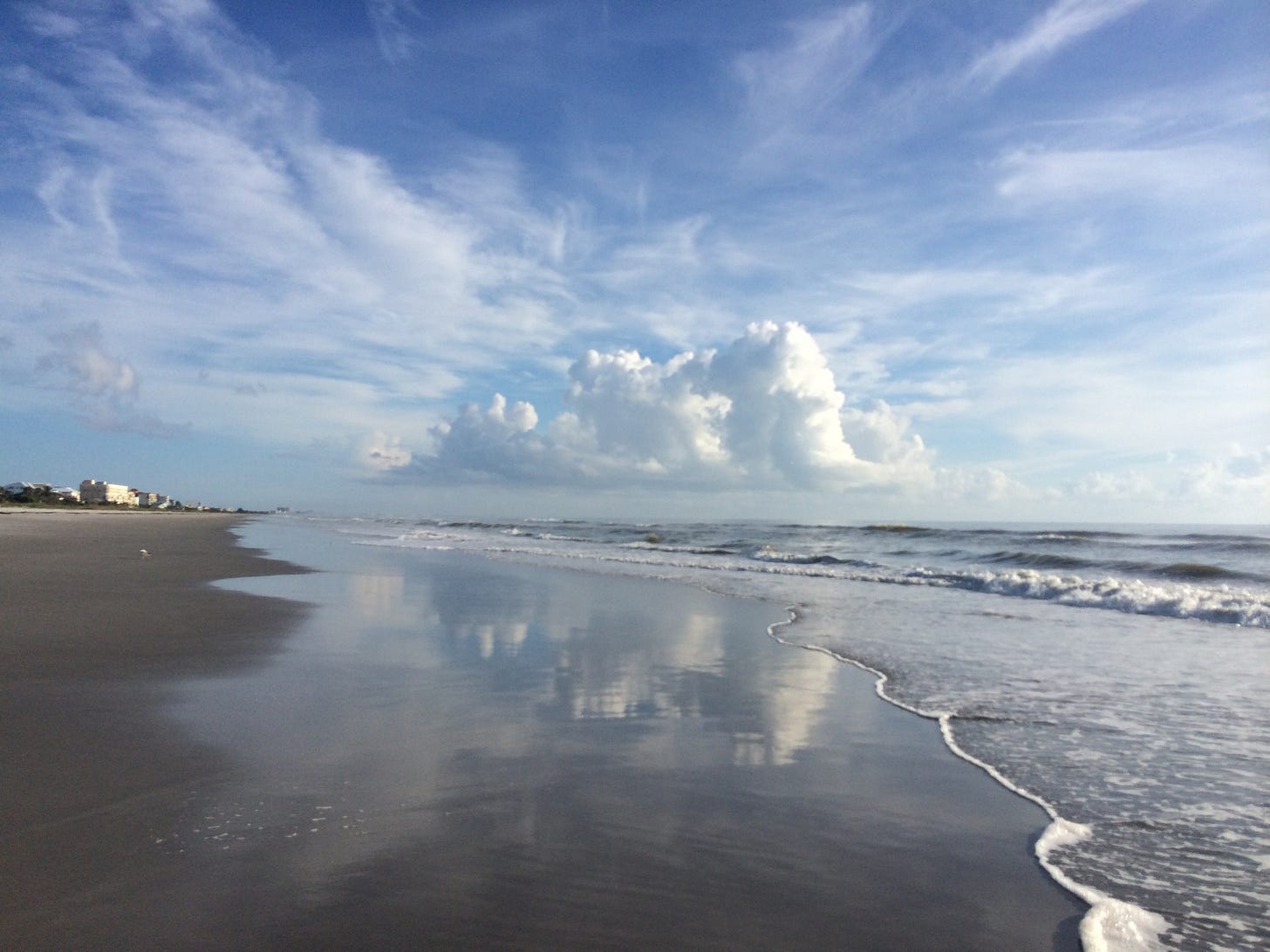The State of Florida initially gave condo associations a deadline of December 31, 2024 to complete milestone inspections and structural integrity reserve studies (SIRS) but later agreed to allow them until the end of 2025 to begin funding of the new structural reserve fund. Affected condos in Cocoa Beach and Cape Canaveral are all those with any buildings three stories or higher and 25 years or older.
True to their history of procrastination, many associations chose to take advantage of that grace period to delay the funding in addition to those who already missed the first inspection and SIRS deadline which was about 20% of condos in some cities like Clearwater and as much as 62% in southeast Florida. The fees at some condos in our area suggest that they have yet to increase their fees to comply with the funding mandate even though they may have the completed SIRS and know how much increase is going to be required. I suspect some of them will stretch out the delay right up to the December deadline. That makes their fees lower than similar units and for those owners trying to sell, more attractive to prospective buyers who don’t know that games are afoot.
No master list exists for buyers to identify those associations but a good hint for prospective buyers are fees that are substantially below other similar complexes. Looking at the current inventory of condos in our two cities, the median monthly fee for a unit with at least two bedrooms in an oceanfront complex is $920. For all condo types the median is $716 per month. Regardless the advertised fee, hopeful buyers should confirm that funding for the structural reserve fund has begun in full before making an offer. If an advertised fee seems too good to be true it probably is.
TL;DR A condo may have completed the structural integrity reserve study but plan to delay the start of funding possibly until the new deadline of December 31, 2025. Buyers should not assume that the existence of a completed SIRS means that the current fees include that funding. Confirm that funding for the structural reserve fund has begun with a copy of the approved 2025 budget. Knowledge is power.
“You’re all in this together whether you know it or not.” _Charles Manson





